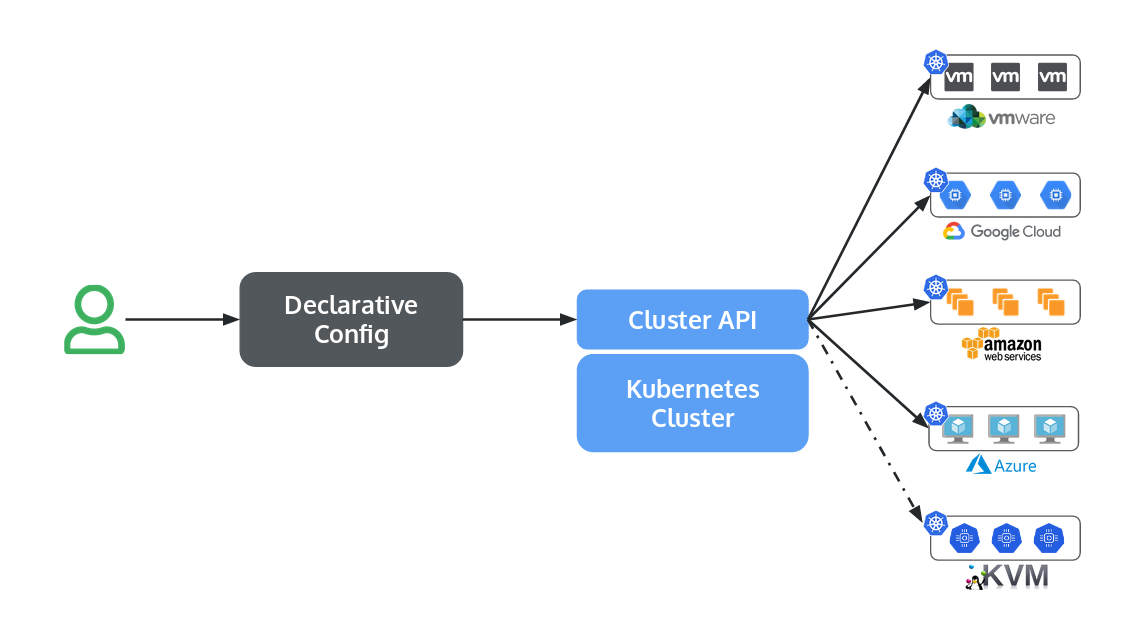

Kubernetes then implements the desired state on all the relevant applications within the cluster.Kubernetes stores the file (an application’s desired state) in a database called the Key-Value Store (etcd).In case you need a comprehensive list of kubectl commands, check out our Kubectl Cheat Sheet. Kubernetes’ default command-line tool is called kubectl. The file is provided to the Kubernetes API Server using a CLI or UI.An administrator creates and places the desired state of an application into a manifest file.It functions based on a declarative model and implements the concept of a ‘ desired state.’ These steps illustrate the basic Kubernetes process: Kubernetes has a decentralized architecture that does not handle tasks sequentially. Its role is to continuously work on the current state and move the processes in the desired direction.Ĭheck out our article on What is Kubernetes if you want to learn more about container orchestration. It is a set of independent, interconnected control processes. Kubernetes is not only an orchestration system. For example, if a container goes down, another container automatically takes its place without the end-user ever noticing. It helps manage containers that run the applications and ensures there is no downtime in a production environment. K8s automatically orchestrates scaling and failovers for your applications and provides deployment patterns. Its architecture also provides a flexible framework for distributed systems. A developer can then use the Kubernetes API to deploy, scale, and manage containerized applications. K8s transforms virtual and physical machines into a unified API surface.

Administering apps manually is no longer a viable option. Modern applications are dispersed across clouds, virtual machines, and servers. Kubernetes, or k8s for short, is a system for automating application deployment.


 0 kommentar(er)
0 kommentar(er)
